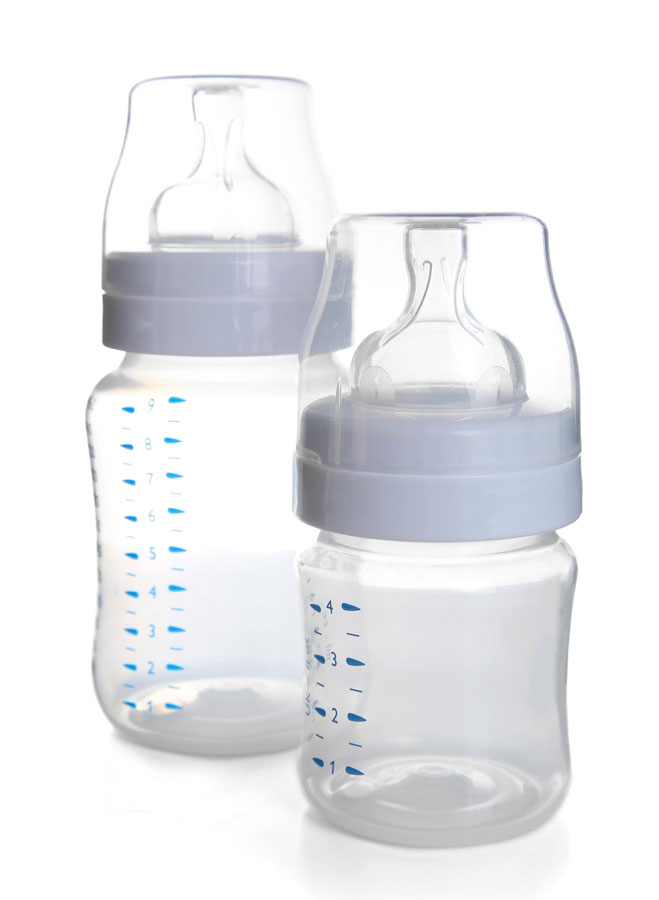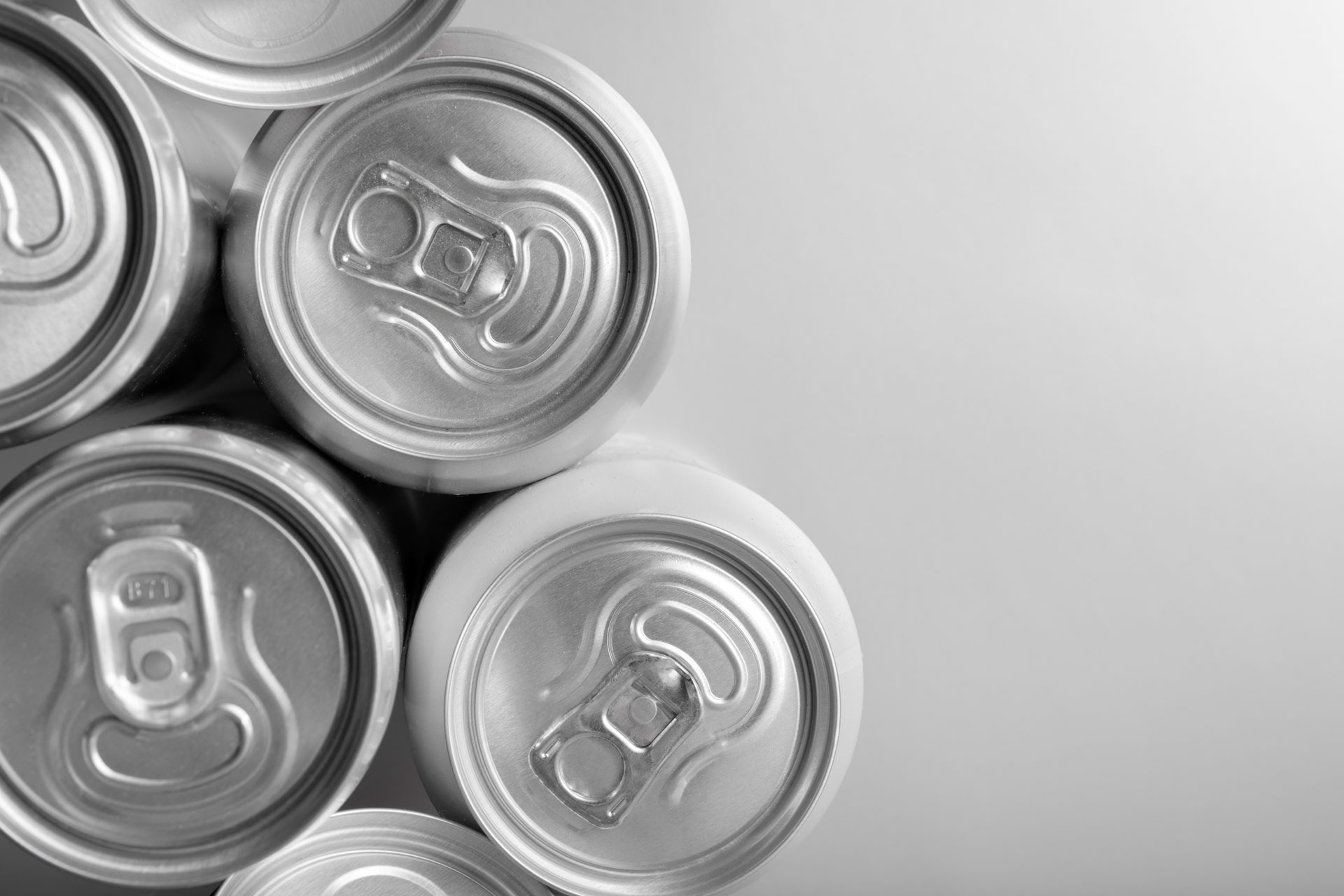What is BPA and where it is used
2,2-bis(4-hydroxyphenyl) propane, known as Bisphenol A (BPA), is an organic aromatic compound belonging to the phenol group. First synthesized in 1891 by the Russian chemist Alexander Pavlovich Dianin, it has been widely used in industrialized countries since the 1960s. Mainly used in the production of polycarbonate plastics, it is widely used in food containers, baby products, medical devices, household appliances, and other objects where transparency and thermal and mechanical resistance properties are required. It is also used in epoxy resins that form the protective inner coating of cans intended to contain food and beverages.
Why BPA is harmful
BPA is of concern for its ability to act as an endocrine disrupter, disrupting the hormonal system in both humans and animals with an estrogen-like effect. This action can increase the risk of reproductive diseases, diabetes, childhood obesity and cardiovascular disorders. In addition, recent research indicates that BPA can damage the immune system even at low doses.
Regulatory Framework in the EU
In the European Union, BPA is strictly regulated.
Since 2009, it is banned in cosmetic products and since 2017 it is listed among the substances of high concern (SVHC) in the Reach Regulation, for its risks to health and the environment. It is currently authorized as a monomer in food contact plastics with a specific migration limit (SML) of 0.05 mg/kg, also applicable to paints and food coatings. It is banned from 2011 in polycarbonate for baby bottles and from 2018 in leak-proof containers for infants and young children.
It is also prohibited in thermal paper receipts from 2020.
New EFSA Opinion
On April 19, 2023, EFSA (European Food Safety Authority) published a new opinion on BPA (Scientific Opinion – Re-evaluation of the risks to public health related to the presence of Bisphenol A (BPA)) establishing its Tolerable Daily Intake (TDI) at 0,2 ng per kg body weight, significantly less than the 4 µg per kg body weight set in 2015. At that time the TDI was established on a temporary basis as EFSA scientists had identified a number of gaps and uncertainties in the data, which they had undertaken to assess again when new data were available. This change therefore reflects new scientific evidence and aims to improve consumer protection.
The new TDI is about 20,000 times lower than the previous one, which makes it difficult to establish a new lower SML. As a result, the EU is considering banning its use.
New regulation in the FCM
In response to the new EFSA opinion, the EU is working on a new regulation prohibiting the use of BPA in food contact materials (FCM). The final legislation is expected in spring 2024, with a transitional period of about 18 months. The ban should be effective between the end of 2025 and the beginning of 2026.

Issues related to the BPA ban
Issues related to the prohibition of BPA include finding viable alternatives, some of which are already in place for materials for which it is currently prohibited, and managing its unintentional presence. BPA can be found in FCM as a contaminant from recycled waste, non-reacted monomer, vapour phase transfer or it can be present as non-intentionally added substance (NIAS) in other plastics as polystyrene. It may also be present in food as an environmental contaminant or as an alternative bisphenol (such as BPF) resulting from industrial processes.



